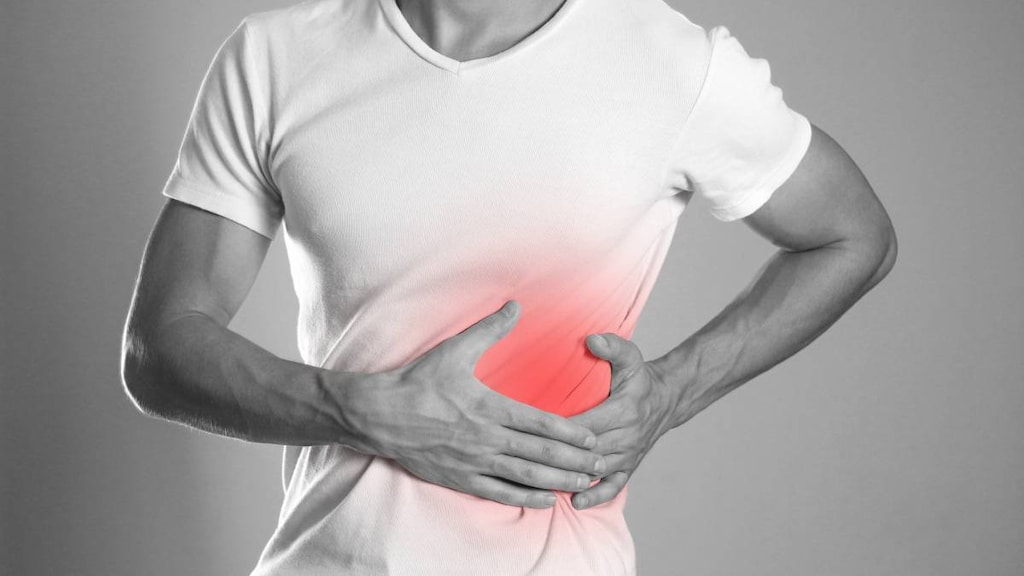
What is liver cirrhosis?
Liver cirrhosis is another name for extensive scarring of the liver (scarring is also called fibrosis). Cirrhosis is generally irreversible, but if caught early, further damage can be limited. Advanced cirrhosis is life-threatening.
Liver cirrhosis may also be called cirrhosis of the liver.
What causes liver cirrhosis?
Liver cirrhosis may be caused by any disease or condition that repeatedly or continuously damages liver cells. The liver attempts to repair this damage, but this results in the formation of scar tissue. Unlike liver cells, scar tissue performs no function. Large areas of scar tissue start to interfere with blood flow to functioning liver cells, causing them to die and resulting in the formation of more scar tissue. Blood pressure in the vein that supplies the liver with blood (called the portal vein) also increases, resulting in portal hypertension.
The most common causes of liver cirrhosis include:
- Chronic alcohol abuse
- Chronic hepatitis B or C
- Nonalcoholic fatty liver (which is more common in people who are obese, have diabetes, or with high levels of cholesterol or triglycerides)
What are the symptoms of liver cirrhosis?
Most people have few symptoms (if any) in the early stages of cirrhosis.
If signs and symptoms are present they may include:
- Ascites (fluid accumulation in the abdomen)
- Confusion, drowsiness, and slurred speech (hepatic encephalopathy)
- Easy bruising or bleeding
- Edema (swelling in the legs, feet or ankles)
- Gynecomastia (breast enlargement) in men
- Jaundice (yellow discoloration of the skin and eyes)
- Loss of appetite
- Loss of libido
- Menstrual changes (absence or loss of periods not related to menopause)
- Nausea
- Pruritus (itchy skin)
- Redness in the palms of the hands
- Spider-like blood vessels on the skin
- Testicular atrophy
- Tiredness
- Weight loss
How is liver cirrhosis diagnosed?
See your doctor if you have any signs or symptoms listed above, particularly if you also have one of the conditions that commonly cause liver cirrhosis.
In some people, routine blood tests taken for an unrelated condition may reveal that their liver is not functioning normally which may prompt further investigation.
Other tests may include:
- Further blood tests
- Imaging tests (ultrasonography, CT, MRI) to detect abnormalities that can accompany cirrhosis and portal hypertension (such as an enlarged spleen or varices [enlarged or convoluted blood vessels])
How is liver cirrhosis treated?
Scarring that is already present cannot usually be reversed so treatment focuses on treating the underlying condition to prevent further liver damage.
Treatment may include:
- Antiviral medications if the cause is due to hepatitis
- Avoiding alcohol
- Losing weight and improving diabetes and cholesterol management
- Removing or dissolving bile duct blockages
- Stopping any medications that may be contributing to the condition
- Using medications or substances that remove heavy metals from the blood (such as copper in people with Wilson’s disease)




